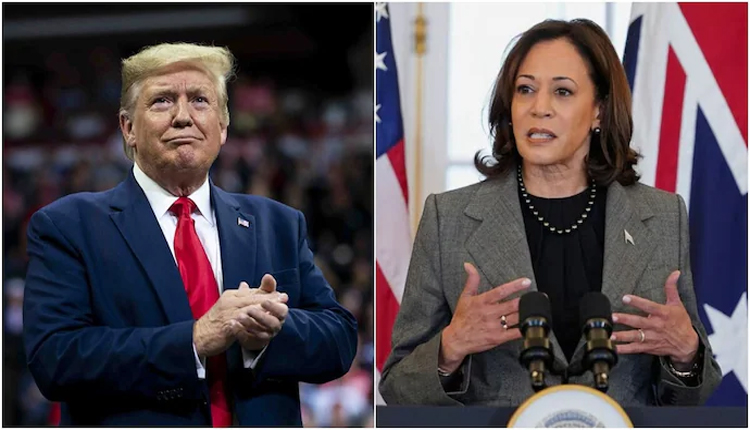Washington, D.C: On 5 November 2024, it will be Democratic candidate Kamala Harris vs. Republican Donald Trump for the White House in an election that’s just around the corner. Either a Trump win would see the president return to the White House for a second term, or Harris would win, becoming the first female president of the United States. As the world looks on as this pivotal election plays out, it’s a fun fact that we’ve been electing on the first Tuesday of November since 170 years ago.
The pattern continues, with future elections on 7 November in 2028 and 2 November in 2032 this year and 5 November in 2020, 6 November in 2024, and so on. Every four years, citizens in the United States choose who will lead their nation: whom they will vote for as the president. This election schedule has deep American history and agricultural efforts behind it.
The Origins of Tuesday Voting
This tradition dates from an 1845 law passed by the US Congress requiring it to be held on the first Tuesday after the first Monday in November. It set the uniform time for presidential and vice presidential elections throughout the country. This law allowed citizens to vote for 34 days prior to the first Wednesday of December, voting was preformed up until then. That raised concerns that early voting states could determine which votes would come later. Congress then decided it would choose a particular date to stop this issue.
Why November and why today, Tuesday? The United States at the time was an agricultural society, and most voters were rural. Sometimes farmers lived far away from voting stations and travel was not quite so simple. Many Americans went to church on Sundays, and weekends were ruled out, while on Wednesdays it was market days in rural areas. That’s why Tuesday became a sort of practical compromise, allowing voters to travel on Monday, vote on Tuesday, and go home by midweek.
Why November?
Another factor going in the decision to hold elections in November was the agricultural calendar. Early November was a nice time to vote for farmers because that was when the spring and summer times for planting and harvesting crops came to an end. Most farm work was completed by the time of elections in November, a convenient time.
The Electoral College System
On 5 November when Americans vote they will not be picking their preferred candidate for president or his VP. Instead, they are voting for a slate of electors that will cast votes in the Electoral College. In the US Constitution, we have this indirect voting system that decides what the next president of the United States will look like.
A state gets, by law, a certain number of electors equal to its representation in Congress, and the candidate who wins the popular vote in a state will basically get all of a state’s electors. The only person who wins the election is the candidate who gets at least 270 electoral votes.
Looking Ahead to 2024
With the election in the rear view mirror and eyes on Dec. 14, Kamala Harris and Donald Trump are making their closing arguments to voters. Emphasising her platform of unity and progress, Harris, who would become the first woman to hold the presidency, criticises the violence in El Paso and the proud boys in Washington. Trump, running for a second term after losing in 2020, is selling himself on his vision for a different America.
Ahead of yet another historic election in the US, the tradition of voting on the first Tuesday of November remains — a tribute to the country’s agrarian roots and its unchanging notions of democracy.



Comments are closed.